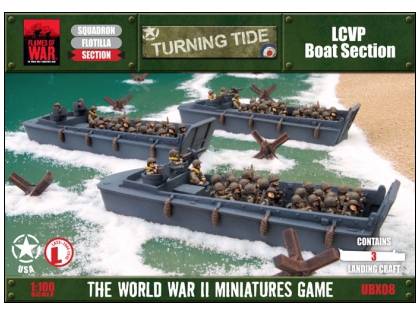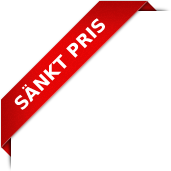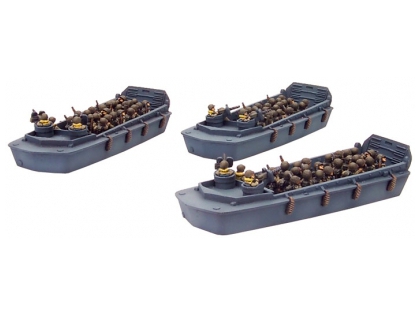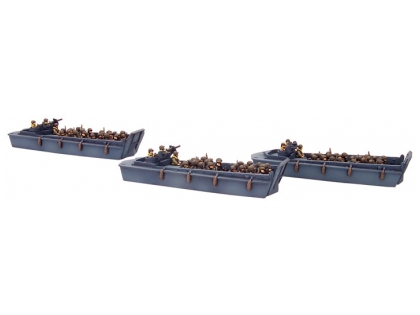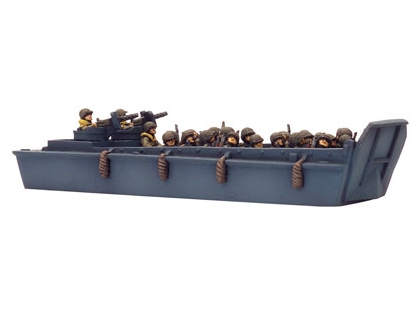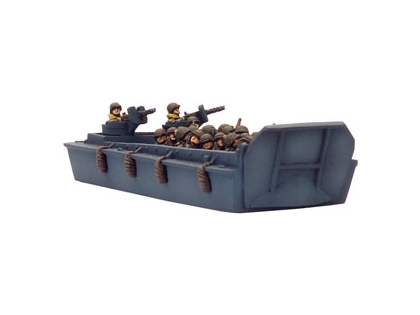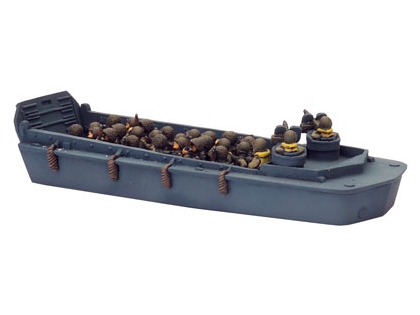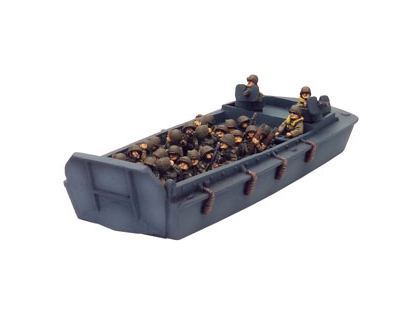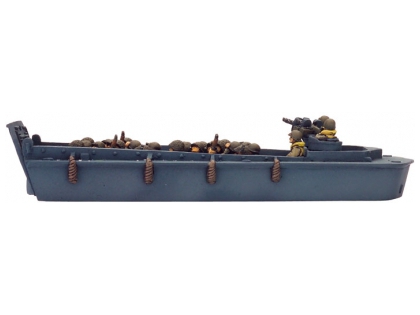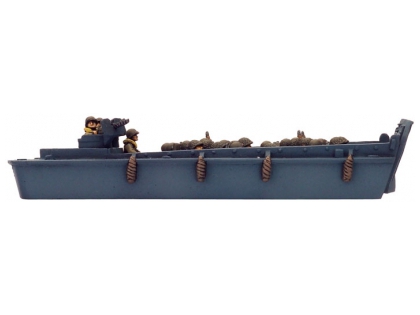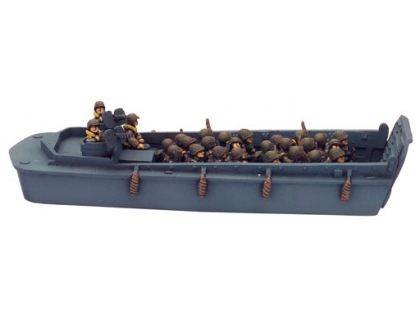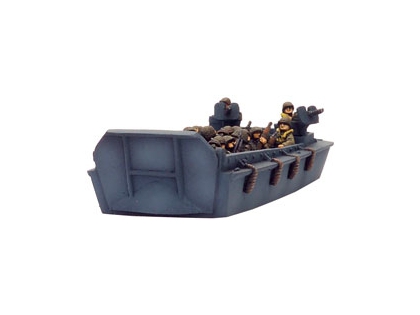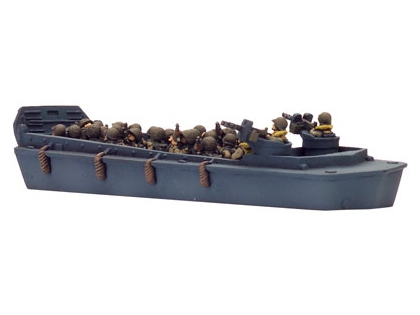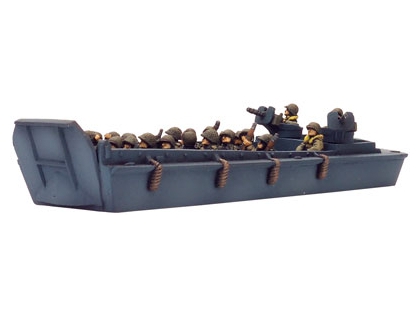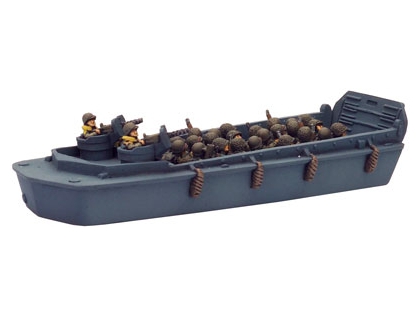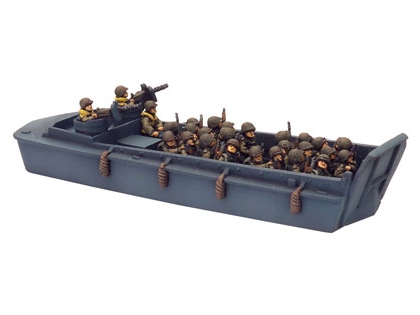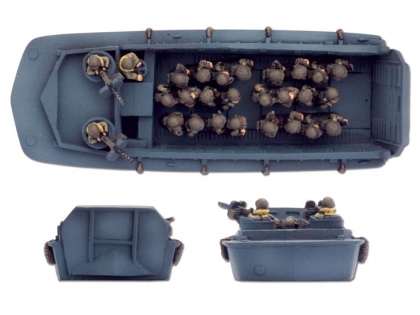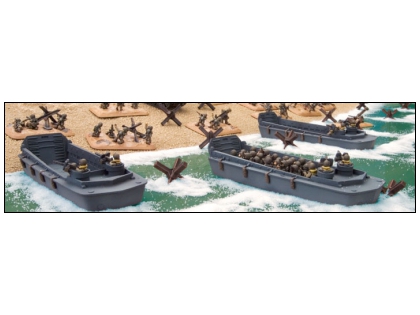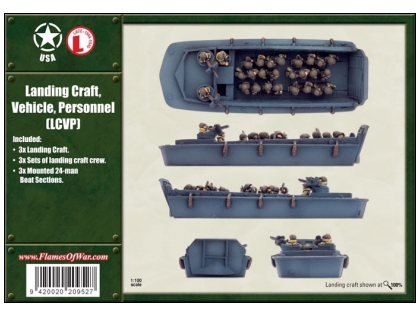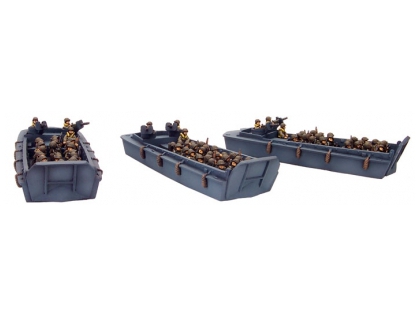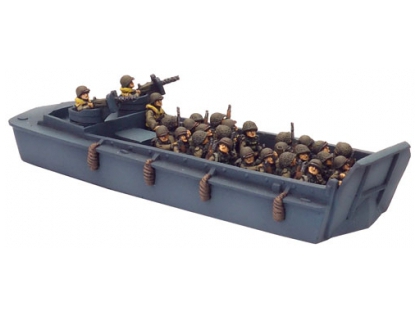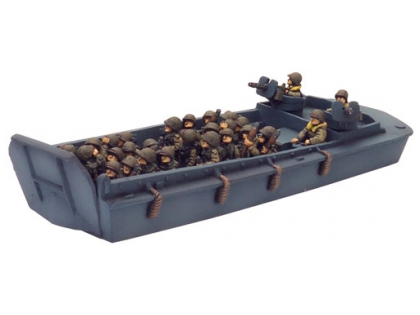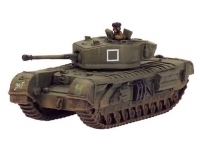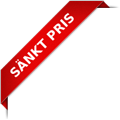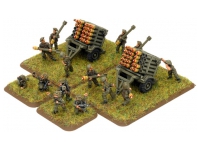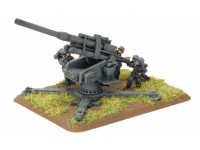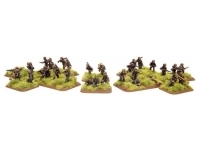-
-
-
Figurspel
-
-
LCVP Boat Section (Late)
-
-
Artikelnummer: UBX08
-
299 kr (375 kr)
Ej tillgänglig
Tyvärr går det inte att beställa LCVP Boat Section (Late) längre.
Det är inte heller troligt att vi kommer få hem produkten igen.
- Önskelista: För att kunna använda önskelistan måste du har ett användarkonto och vara inloggad.
-
-
Produktbeskrivning
with 3x Landing Craft, 3x sets of Landing Craft crew & 3x Mounted 24-man Boat Sections.
The Dieppe raid in 1942 taught the Allies many lessons on invading beaches while under fire. Later, after the successes in North Africa, Sicily and Italy the Allies felt they were ready to take on Fortress Europa. Careful study of the defences along the coast showed them there were weaknesses inherent in its structure, and, if the men had the right equipment and training, exploiting those weaknesses was possible. Any invading force would have to overcome wire, minefields, and bunkers if it was to be successful. Thus the planners set about to create the perfect mix of men, equipment and training.
The US Army now embarked on a program of reorganising and training the infantry formations that would assault the
beaches. After careful study, an organisation began to take shape in the minds of the planners. Starting with the basic
infantry company of three combat platoons and one weapons platoon, the force designers sought to create multiple independent organisations.
This organisation had to be able to act on its own without further company level support. Furthermore, it had to be able to fight its way through wire obstacles, overcome enemy infantry and destroy enemy bunkers.
However, the most important restriction was the size of the landing craft, which could only hold 31 men in full ‘battle
rattle’. With a standard US infantry platoon being just over 40 individuals it was necessary to change the structure of the
platoons to fit in the small boats that would take them to the beach. Thus, the first change was to go from the four large
platoons in a normal infantry company to six smaller boat sections in an assault company.
In order to deal with all of the expected defences, the planners loaded the boat sections up with weapons and equipment. They gave them mortars from the weapons platoon to knock out machine-gun nests, bazookas from the company HQ to take on tanks, and flame-throwers from the Chemical Branch to silence bunkers.
For barbed wire, they gave them Bangalore torpedoes, long pipes filled with explosives to blow gaps for the troops. To finish off bunkers, they had demolition charges, plenty of good old TNT to blow things up. There was no quick fix for minefields though—they simply had to take their chances there.
The men of the boat sections not only needed the weaponry to deal with the defences and defenders, but they also needed to carry enough supplies and combat gear for three days on their back.
Since a soldier can only carry 70lbs/32kg (at most), working out what to take and what to leave behind was tricky. The planners solved the problem with a ‘belt and braces’ approach and loaded the assault troops up to the limit. Part of their solution was the assault vest with pockets for much of the extra equipment.
Even with equipment, an organisation is incapable of acting without training on that equipment. For months before D-Day,
the assault regiments practised their craft. Mastering the use of explosives, they became proficient at advancing under fire against a stubborn well-entrenched enemy.
Integrating the use of the weapon systems and the new skills
they had learned, the infantry platoons became masters of
combined arms manoeuvre at the lowest levels.
With integrated heavy weapons at the platoon level, they were able to suppress the enemy while parts of the unit manoeuvred to a position of advantage with which to launch an assault.
-
-
Personer som har köpt LCVP Boat Section (Late) har också köpt
-
-
-
-
-
-
Sök produkt
-
Kundvagn
Din kundvagn är tom. -
Figurspel.se
Figurspel.se är en webbutik med figurspel som t.ex. Warhammer, Warhammer 40k, Lord of the Rings, Warmachine, Hordes, etc.
-
Länkar
-
Logga in
-






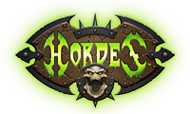




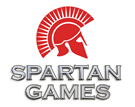

-

